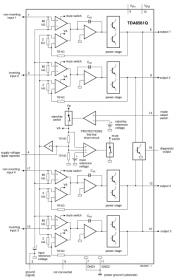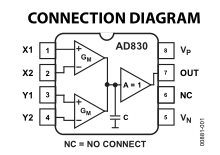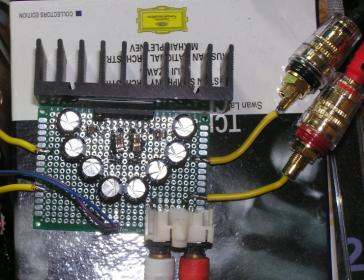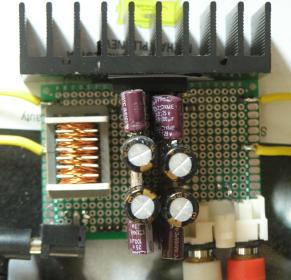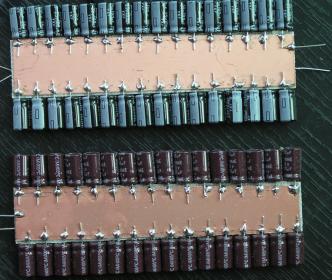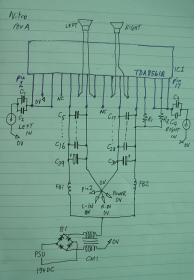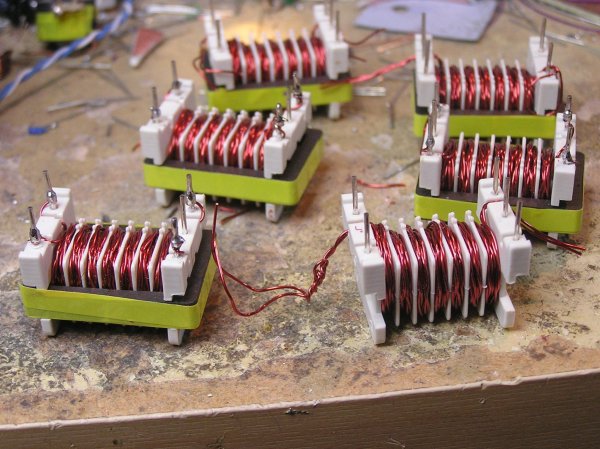I've recently diverted my attention from the Ozone DAC building onto designing a simple and frugal amp which matches the tonality and soundstage depth of my modified Xindak thus doing justice to the Ozone. Having the same level of output power isn't a requirement though, so I have been searching far and wide for chipamps which might have the timbral accuracy and 'bloom' I desire.
Having built chipamp based amps for a number of years, they produce great but not stellar sound in the main, when issues like grounding and decoupling are addressed fully. I have the hypothesis that what holds them back is the input stage, being as it is typically a LTP and a bipolar one at that. Added to that, they do tend to have inadequate PSRR by virtue of not having power supply separation between the signal and output stages. So they pollute their own patch, so to speak and filters can't be included because the necessary wires aren't brought off-chip.
I have up until fairly recently, played with the TDA7293 because its fairly unique in allowing separation between the voltage and current amplifying stages, especially so when the amplification function is split between two chips. This device is the only one I know of that permits that so the power supply issue can be fully fixed. It does however still have the ubiquitous LTP input stage which has given me so many problems in opamps in terms of excluding HF interference.
The search for a chipamp sans LTP has been running for a few weeks now and recently I've come upon some very interesting parts from Philips - the TDA856X series. The reason it has taken me so long to find these is I was looking in the 'audio amplifier' sections of manufacturers' websites, whereas these are in the 'automotive' section by virtue of being designed for car radios - thus they're not considered 'audiophile' in any sense and aren't particularly high powered. No matter for this application, its the SQ that's important, and based on a couple of days' listening only it seems I might have come across a diamond in the rough.
Details on my prototype TDA8561 amp to follow sometime, stay tuned
Having built chipamp based amps for a number of years, they produce great but not stellar sound in the main, when issues like grounding and decoupling are addressed fully. I have the hypothesis that what holds them back is the input stage, being as it is typically a LTP and a bipolar one at that. Added to that, they do tend to have inadequate PSRR by virtue of not having power supply separation between the signal and output stages. So they pollute their own patch, so to speak and filters can't be included because the necessary wires aren't brought off-chip.
I have up until fairly recently, played with the TDA7293 because its fairly unique in allowing separation between the voltage and current amplifying stages, especially so when the amplification function is split between two chips. This device is the only one I know of that permits that so the power supply issue can be fully fixed. It does however still have the ubiquitous LTP input stage which has given me so many problems in opamps in terms of excluding HF interference.
The search for a chipamp sans LTP has been running for a few weeks now and recently I've come upon some very interesting parts from Philips - the TDA856X series. The reason it has taken me so long to find these is I was looking in the 'audio amplifier' sections of manufacturers' websites, whereas these are in the 'automotive' section by virtue of being designed for car radios - thus they're not considered 'audiophile' in any sense and aren't particularly high powered. No matter for this application, its the SQ that's important, and based on a couple of days' listening only it seems I might have come across a diamond in the rough.
Details on my prototype TDA8561 amp to follow sometime, stay tuned


